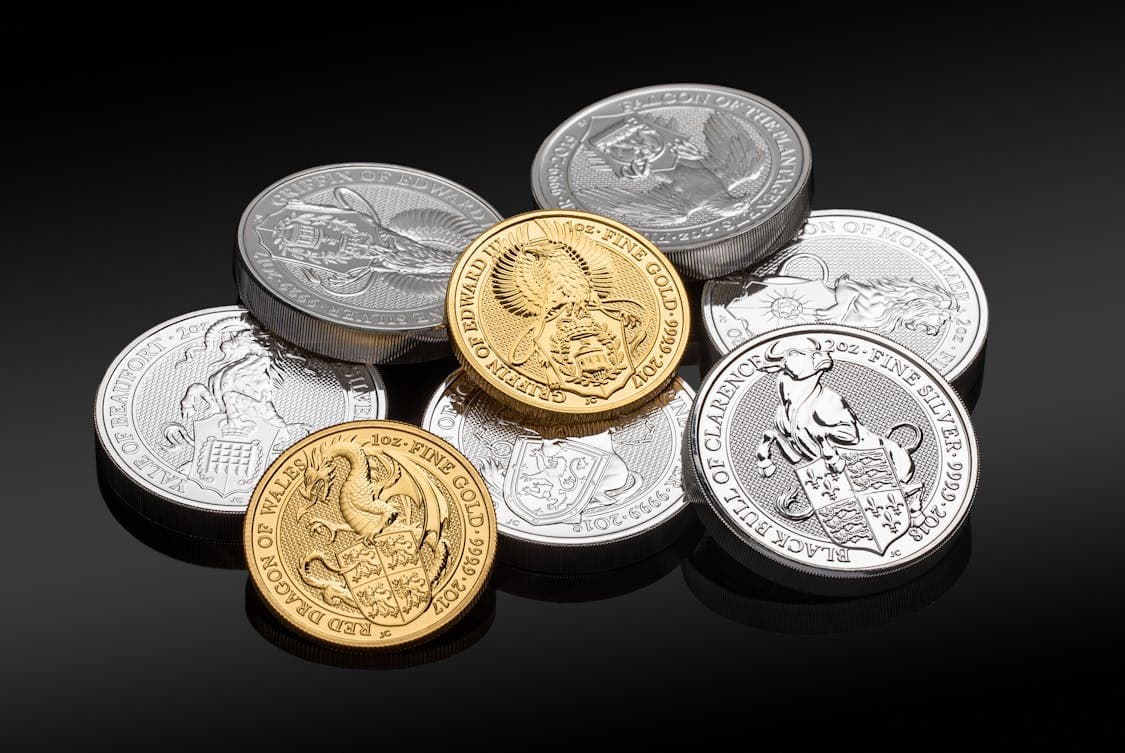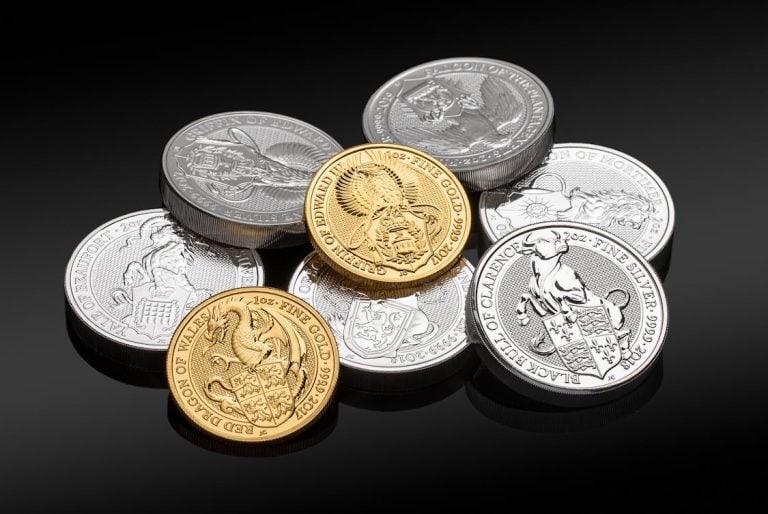Precious metals are commonly labelled safe havens when markets wobble and capital seeks cover. Yet their roles can extend well beyond shelter, bridging industry demand, monetary policy, and tactical portfolio moves. This piece looks at how silver and gold might act as diversifiers, commodity plays, and quasi-cash assets in various settings. Historical Perspectives Gold has …
Silver and Gold Could Prove More Than Just Safe Havens

Precious metals are commonly labelled safe havens when markets wobble and capital seeks cover. Yet their roles can extend well beyond shelter, bridging industry demand, monetary policy, and tactical portfolio moves.
This piece looks at how silver and gold might act as diversifiers, commodity plays, and quasi-cash assets in various settings.
Historical Perspectives
Gold has been used as money, ornament, and a marker of wealth for millennia, with coinage and bullion shaping trade and power. Silver ran a parallel track: widely circulated in everyday commerce and often tied to the monetary regime of many nations.
Past crises show spikes in bullion demand as trust in paper claims frays, though payoffs can come at different times and magnitudes. Markets have a habit of re-pricing safe haven assets fast, then letting price action cool, so timing and patience often matter.
Price Drivers
Supply-side factors are plain: mine output, recycling flows, and geopolitical interruption can tighten supply and move pricing. On the demand front, investment flows into bars, coins, and exchange-traded products add buying pressure at scale.
Currency moves and rate shifts change the relative cost of holding non-yielding metal; a weak currency can boost local demand, while higher rates tend to raise the opportunity cost of holding bullion. Traders watch these n-grams — price action, price momentum, price reversal — in near real time.
Industrial Demand

Silver wears two hats: store of value and industrial metal; its use in electronics, medical devices, and solar panels underpins steady base demand. That dual purpose means silver can rally for monetary reasons and for concrete technical demand, sometimes in the same cycle.
Gold, while less industrial, finds steady niches in high-end electronics and medical tech, plus decorative uses that move with incomes. The split roles create an interesting dynamic where one metal reacts to policy news and the other to tech demand, yet both respond to investor flows.
Monetary and Policy Links
Central bank behavior matters: buying by official institutions can shift long-term supply expectations, and reserve allocations signal where big money sees value. Rate trajectories and inflation readings change the calculus for holding non-yielding metal versus yield-bearing assets.
Gold often functions like a central bank proxy in investor minds; sales or purchases by these institutions can be a double-edged sword for price expectation. Policy announcements sometimes send ripple effects through markets that are hard to model in a spreadsheet, so traders often trade the rumor and then the reality.
Portfolio Behavior
Correlation patterns tell an important story: gold has spent long stretches moving independently of equities or bonds, offering a cushion when stocks fall. Silver tends to track risk assets more, amplifying moves in both directions and acting as a higher-beta metal.
Many portfolio managers allocate a modest share to bullion to lower aggregate volatility and hedge tail risk, using it as a store of value and a tactical hedge. Rebalancing rules, such as trimming winners and adding to losers, can make a small allocation work overtime by capturing mean reversion.
Timing and Volatility
Volatility is part of the bargain. Silver’s shallower market and industrial link make daily swings larger than gold’s, and stop runs can occur in either direction. Short-term traders thrive on that churn, while longer-term holders must be willing to ride out wide ranges.
Mean-reverting behavior and momentum episodes both show up in metal markets, so strategy choice matters: trend-following systems can do well in multi-month runs, while buy-and-hold investors benefit from patience and conviction. In practice, mixing approaches often smooths the ride.
Accessibility and Costs
Getting exposure comes in many flavors: physical bars and coins give direct ownership, while ETFs, futures, and certificates provide easier trading and liquidity. Each route has trade-offs — storage, insurance, counterparty risk, and ease of sale.
If you’re considering buying or selling bullion, using a gold and silver exchange can offer transparent pricing and professional-grade liquidity that helps streamline transactions.
Transaction costs vary; tight dealer spreads in good times can widen rapidly in stress, so timing buys and sells matters to the net return. Many people treat a small amount of physical metal as an insurance policy and keep paper exposure for tactical moves.
Tax and Regulatory Issues
Tax treatment differs wildly across jurisdictions: some places charge collectible rates or special levies, while others treat gains as standard capital income. Reporting rules for imports, exports, and high-value transfers can be strict and failure to comply carries penalties.
Regulation around trading venues, margin levels, and product eligibility evolves, which can change trading behavior and liquidity. Sellers and buyers should be mindful of local rules that affect net proceeds and ease of transacting.
Practical Strategies
A steady-plan approach often works: regular purchases spread out entry risk, and position sizing that reflects risk tolerance limits emotional selling at the worst moments. Blending metals can capture different drivers — silver for cyclical uplift, gold for longer-term reserve-like thinking.
Use a mix of physical and paper to match objectives: keep a modest physical stash for immediate liquidity or personal comfort, while using traded products for rebalancing and tactical exposure. At the end of the day, small allocations can punch above their weight when markets go south, and timing plus patience tend to pay off over cycles.









